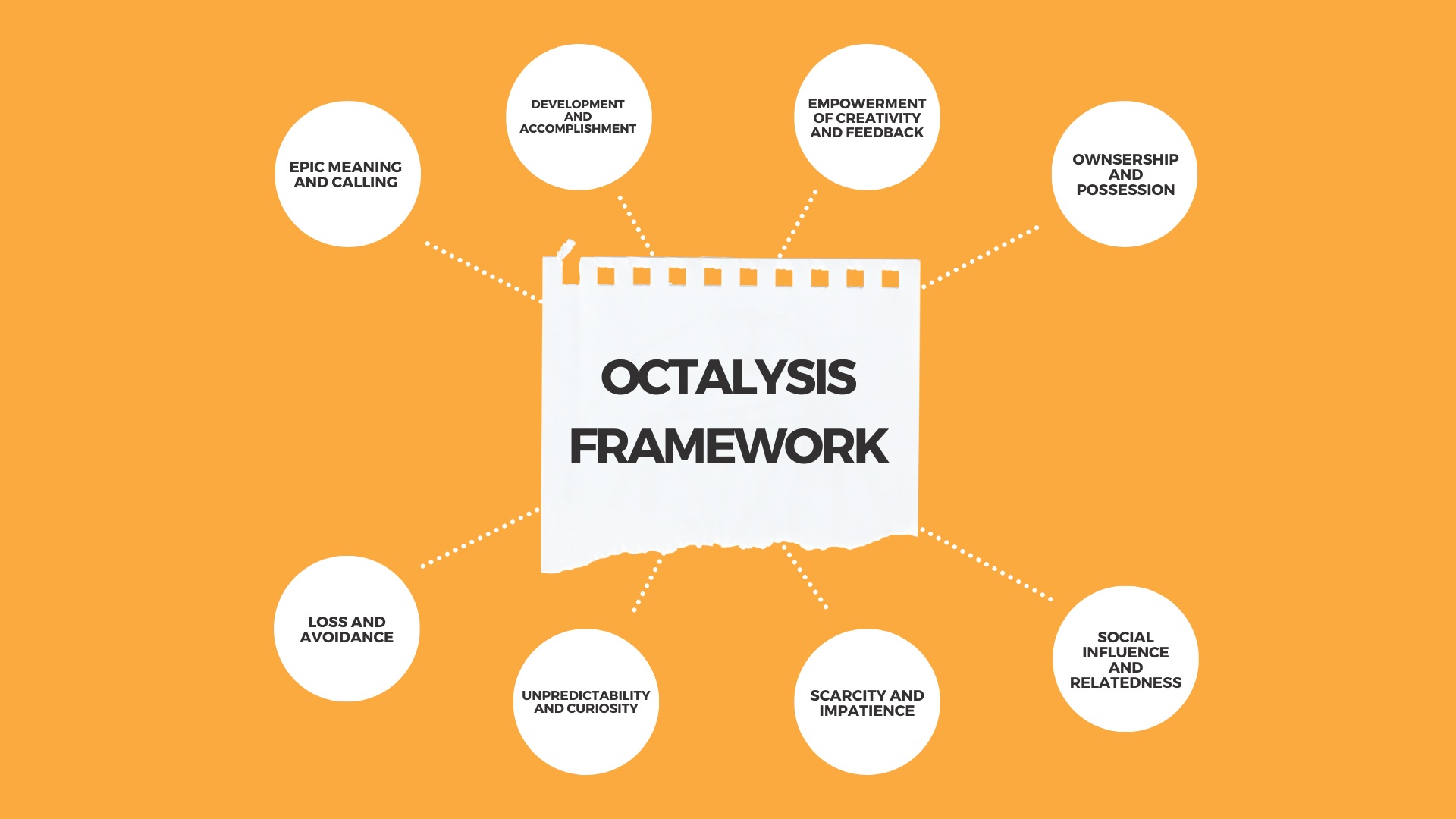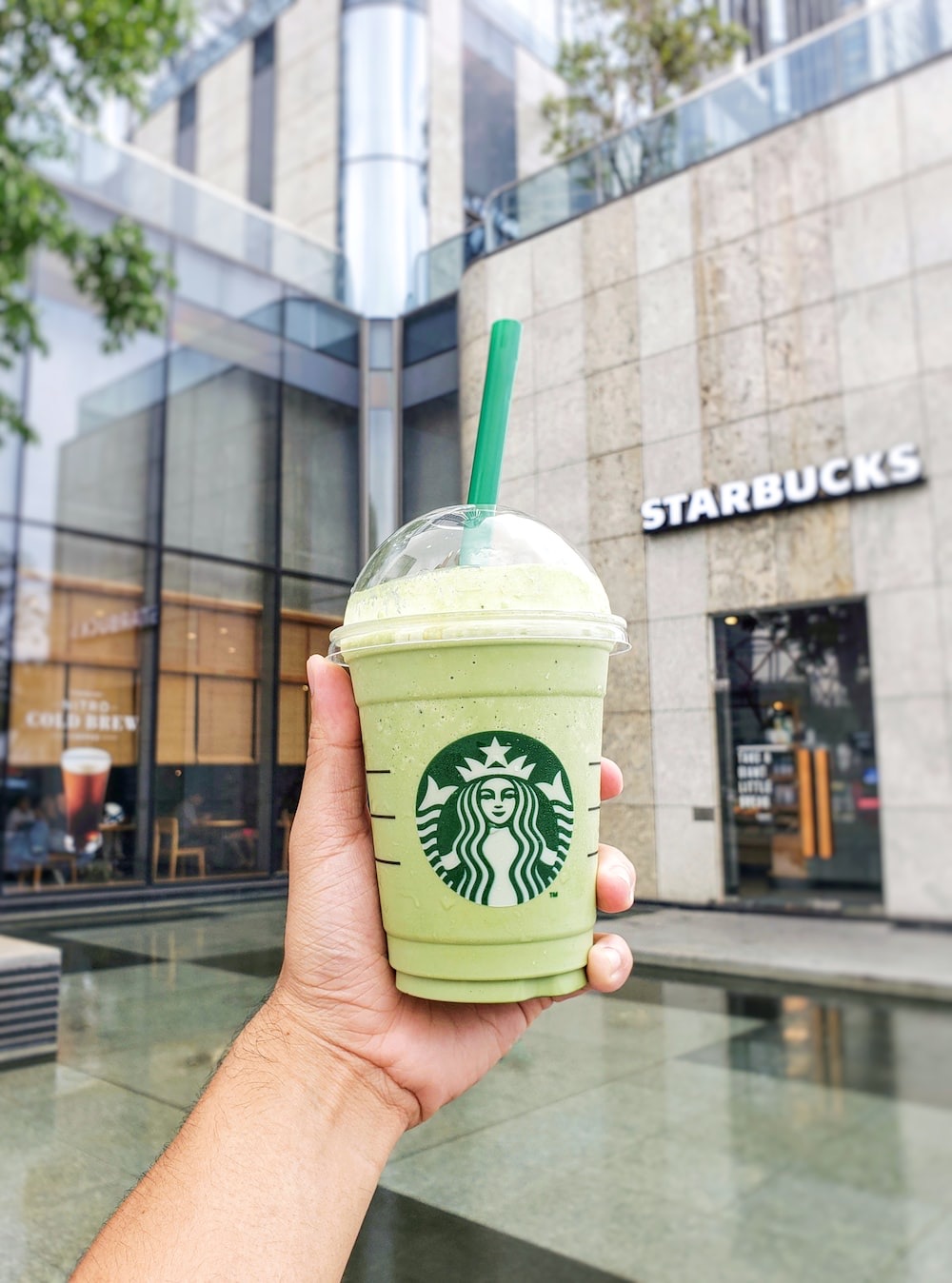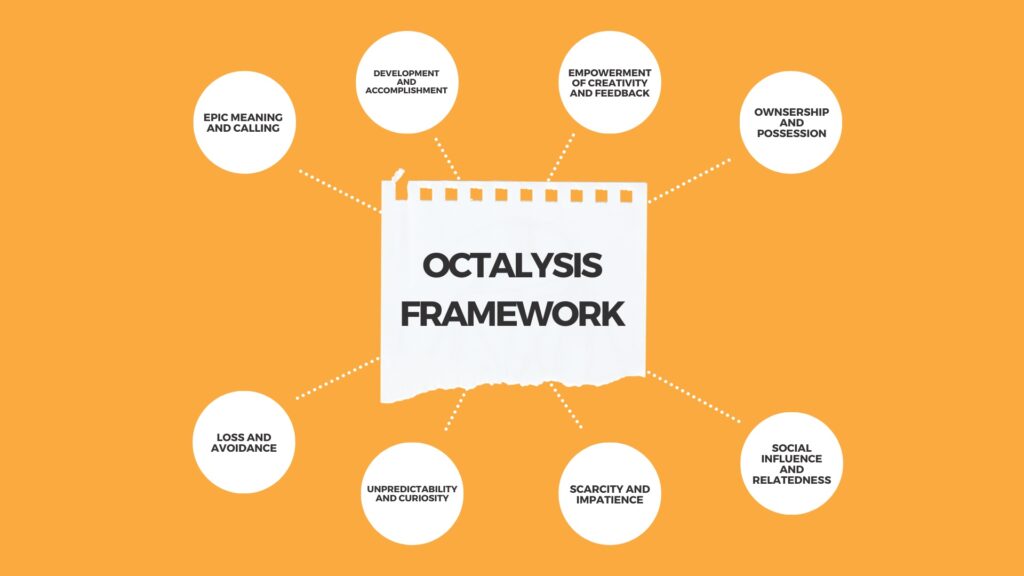Gamification can be a powerful tool in driving success, turning mundane tasks into engaging experiences that inspire and motivate employees and customers alike. With it, businesses and individuals are able to channel the same enthusiasm and excitement that accompany playing games into achieving real-world objectives.
As such, it’s no wonder that more and more organizations decide to gamify various aspects of their operations every year. To give you a sense of how widespread this concept has become, below, you’ll find some of the most popular gamification examples across different industries.
From Fitbit’s fitness tracker app to Duolingo’s language learning platform, these gamification examples show that gamification can be used in practically any context to achieve your goals.
Read on and find out who’s using gamification to stay ahead of the curve!
1. Duolingo
Duolingo, the popular language learning platform, is one of the prime gamification examples worth mentioning in this article. By breaking down lessons into bite-sized chunks and rewarding users with points, badges, and streaks for consistent practice, Duolingo can help engage learners and motivate them to progress.
Every course the user completes can be rewarded with game elements such as badges or coins. Duolingo even has an answer to the abandonment problem – if a user doesn’t return to the platform to finish a course, the Duolingo app automatically sends adequate notifications to remind them.
The app is based on the Octalysis gamification framework, which is designed to engage users and keep them hooked through a sense of purpose, social pressure, and challenges.

2. Fitbit
Fitbit’s fitness tracker app has successfully gamified the process of maintaining a healthy lifestyle. Users are encouraged to set personal goals and track their progress through daily step counts, calorie intake, and exercise routines.
The app also allows users to participate in challenges with friends, fostering a sense of friendly competition and collaboration.
The Fitbit app integrates social media features to help users share their achievements and motivate one another.
Additionally, badges can be earned for reaching specific milestones, providing users with an increased sense of accomplishment and motivation to continue pursuing their fitness objectives.
3. Starbucks Rewards
Starbucks Rewards is one of many customer loyalty programs that use game mechanics to encourage customers to make frequent purchases. By signing up for the program, customers earn “stars” for every purchase, which can later be redeemed for free drinks, food items, or merchandise.o
Customers can earn bonus stars through special promotions or by completing specific tasks. For example, purchasing certain products during a limited time frame (e.g., the Double Stars Day) may give you twice the stars you’d normally get.
The program also includes personalized offers based on client preferences and habits, ensuring a tailored experience that boosts customer satisfaction.

4. Headspace Meditation App
Headspace is a great example of gamification in therapies and wellness done right. Headspace has gamified meditation by introducing a variety of engaging game elements designed to keep users motivated on their mindfulness journey. The app offers daily reminders, streaks for consecutive days of meditation, and achievement badges to reward progress.
Users can be displayed on a ‘leaderless’ leaderboard – meaning that, instead of comparing yourself to others, you’re only shown which of your friends have logged in and meditated that day.
This encourages a sense of community and togetherness rather than competition, which is in line with the app’s goals of promoting mindfulness and relaxation.
Headspace can also ask you to remind other users to use the app if they haven’t logged in for a while. After all, engaged users tend to be more motivated to stick with the program.
5. Nike Run Club
Nike Run Club is an app that gamifies running by providing users with personalized coaching plans, real-time audio feedback, and the ability to compete against friends in virtual races. Users can earn achievement badges for completing specific challenges or reaching new personal records.
The Nike Run Club app also integrates seamlessly with social media platforms, allowing users to share their progress and achievements with friends. This fosters a sense of community and encourages friendly competition, keeping users motivated to continue running and improving.

6. M&M’s Eye Spy Pretzel Game
Another one of the gamification examples worth mentioning was M&M’s Eye Spy Pretzel. M&M’s created the Eye Spy Pretzel game as a fun, interactive marketing campaign to promote their pretzel-filled chocolate candies. Players were challenged to find the hidden pretzel within a sea of M&M’s characters, earning points for each successful discovery.
This simple yet good gamification marketing strategy was designed to increase consumer awareness and excitement about the new product. And it worked splendidly – M&M’s social media accounts saw tens of thousands of new likes, shares and comments during the campaign.
7. Domino’s Pizza Hero
Domino’s Pizza Hero was an app that let its users create their own virtual pizza by selecting toppings and shapes. The more creative and visually appealing the pizza, the higher the score. Users could then share their creations on social media or even order their custom pizza directly through the app.
This innovative approach to ordering pizza not only provides a fun and engaging experience for customers but also promotes Domino’s brand as creative and customer-centric.
It was also one of the most intriguing examples of gamification in HR. The game could inform potential candidates about Domino’s pizza-making process, giving them a headstart if they decided to apply for a job at the company.
8. BBVA Game
BBVA Game was a gamified banking platform developed by Banco Bilbao Vizcaya Argentaria (BBVA) in Spain.
Customers could earn points for using online banking services, participating in quizzes, or consuming educational videos and articles about personal finance. These points could then be redeemed for various rewards, such as movie tickets or free music downloads.
By gamifying their online banking services, BBVA aimed to increase customer engagement and motivate users to learn about personal finance in an entertaining way. Soon after release, the BBVA Game attracted tens of thousands of players – a testament to the power of gamification.
This approach was revolutionary at the time and secured BBVA a win at the 2013 Bank Innovation Awards.
9. Recyclebank
Recyclebank is a platform that uses gamification elements to encourage environmentally friendly behaviors.
Users can earn points by pledging to recycle specific items, learning about recycling through quizzes and articles or participating in community events related to sustainability.
Points can then be redeemed for discounts and deals at local businesses, incentivizing users to make more sustainable choices in their daily lives.
10. Gucci & Karl Lagerfeld
Luxury brands such as Gucci and Karl Lagerfeld have leveraged gamification by creating branded video games to engage with their audience. For example, Gucci released added a mobile game component to their Gucci App – the Gucci Arcade. The Gucci Arcade allowed players to compete for prestigious Gucci-inspired badges.
Karl Lagerfeld, another titan of the fashion industry, decided to follow suit a year later and, in 2020, released a game called Maison Karl Lagerfeld. Featuring simple yet effective retro-inspired gameplay, the game offered significant real-world incentives, such as the weekly draw for a shopping spree at Karl Lagerfeld stores in Europe and UK.
These examples of gamification offered an entertaining way for customers to interact with the brand, fostering user engagement and a sense of connection and loyalty.
11. Codecademy
Codecademy is an online learning platform that teaches coding through interactive lessons and projects. The platform employs gamification techniques such as progress bars, badges, and points to keep users engaged and motivated to learn.
By breaking down complex coding concepts into manageable tasks and providing immediate feedback on performance, Codecademy effectively uses gamification to make learning programming more enjoyable and accessible.
12. Foldit
Foldit is a unique example of gamification applied to scientific research. The online puzzle game challenges players to fold proteins into specific structures, contributing to real-world research on protein folding.
The game offers a fun and engaging way for non-experts to contribute to scientific research while learning about biology in the process. Researchers have even credited Foldit players with helping to solve complex protein-folding problems that had previously stumped experts.
13. Sephora
Beauty retailer Sephora joined the retail gamification bandwagon by releasing a ‘Swipe it. Shop it’ campaign. Taking a cue from Tinder, Sephora’s campaign required users to swipe left and right based on whether they liked the look or not.
By gamifying the product selection process, Sephora was able to encourage users to explore new products and find the perfect match for their needs. The campaign also helped Sephora collect valuable data about customer preferences, which could be used to drive future marketing efforts.
14. Uber
Ridesharing app Uber has incorporated gamification elements to motivate drivers and improve their performance. Uber Rewards system, for example, included a tiered structure that gave loyal customers access to exclusive benefits, such as no cancellation fees.
Even the riding experience has been gamified, with the app displaying a map that lets riders know how far away their driver is or how close they are to their destination. This provides a sense of anticipation and excitement that helps to make the experience more enjoyable.
15. LinkedIn
LinkedIn, the popular professional networking platform, utilizes gamification to encourage users to complete their profiles and engage with the site regularly. The profile strength progress bar and personalized suggestions for improving one’s profile help users showcase their skills and experiences more effectively.
LinkedIn also offers a feature called “endorsements,” where users can endorse each other’s skills, creating a sense of reciprocity and social validation.
By gamifying the process of building and maintaining a professional network, LinkedIn keeps users engaged and invested in their online presence.

16. Kahoot!
Kahoot! is an online learning platform that uses gamification to make learning more fun and engaging. The platform provides users with a variety of games and quizzes on various topics, ranging from history to pop culture.
Users can compete against each other in real-time, adding a sense of competition and excitement to the learning experience. Kahoot! also offers badges and leaderboards to reward progress and motivate users to keep playing.
Aribo Can Gamify Your Activities
As you’ve seen from the examples shown above, gamification can be used in a variety of contexts to achieve different objectives. But how do you implement similar levels of gamification into your business? After all, it has to be hard and complicated, right?
Thankfully, that’s not the case if you use Aribo. Aribo is a gamification platform designed to help organizations and individuals incorporate game elements into their processes and activities with ease.
Whether you’re looking to improve employee engagement, help your sales teams get better, or simply make your corporate training more fun, Aribo has the tools and expertise to help you create a gamified experience tailored to your needs.
From stories, clues, and quizzes to comprehensive AR-based mechanics, Aribo has everything you need to gamify your training sessions and take them to the next level.
So if you’re ready to embrace the power of gamification, contact us today, and let’s get started!
Final Thoughts
Gamification has emerged as a powerful strategy for businesses and individuals alike to drive engagement, motivation, and success in various fields.
With examples ranging from fitness apps like Fitbit to language learning platforms such as Duolingo, it’s evident that gamification can be applied in numerous contexts to achieve diverse objectives. By incorporating game elements into everyday tasks, businesses can foster a sense of enthusiasm and excitement that helps them stay ahead of the curve.
Don’t let your organization be left behind – explore the world of gamification with Aribo today and unlock new levels of success!

